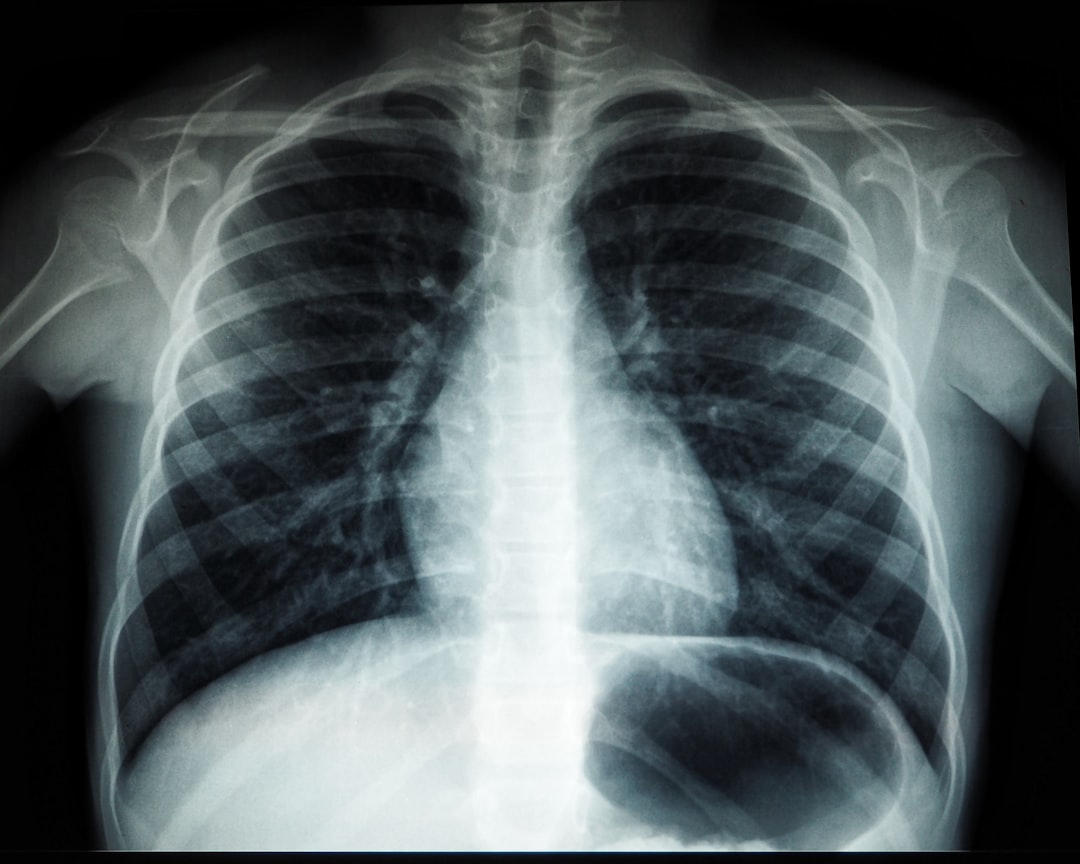Getting a calcium score to assess heart and brain health
Finally getting the vascular health test I avoided because I was afraid of the result
I woke up this morning and went to the university hospital’s diagnostic imaging department to get a scan of my heart. The test results would reveal something called a calcium score, a number that reflects how calcified your vasculature is, which gives you a sense of where you are in the timeline of developing heart disease. Many brain diseases are also caused or hastened by an unhealthy vasculature in the brain.
I’ve been putting this particular test off for about a year, not wanting to know the result, expecting it would be terrible given how my father and uncle died of massively violent heart attacks, and given my genetic predisposition to heart disease, and my higher levels of cholesterol, and the fact that I’ve eaten a fairly high-fat diet from day one (my mom put a stick of butter in just about every dish she made).
I was led to a room with a CT scanning machine, which looked like a very large mechanical doughnut. I lay myself down on a retractable table. It drew me into the machine.
A pre-recorded voice emanating from the machine said, “Breath in and hold.” I did, and it scanned me. Then it said, “Breath” and a moment later “Breath in and hold” and after three cycles, I was done with the scan.
The technician told me the image came out great, and I wasn’t sure whether her enthusiasm meant that it was a great image, that my heart looked healthy, or that I was near death so she just wanted to be extra nice to me.
I went home and had poached eggs. I sent a work email. Then the boy reminded me we needed to leave for class. I packed up my computer, some water, and a bar, and we hopped in the van. Along the way, we joked about the CT tech’s enthusiasm. “Image looks great. You might want to get your affairs in order.” As I laughed, I wondered how much my laugh might have kept my heart healthy despite it all.
My son’s class was in Building 2. We didn’t know where that building was, but we joked that the college probably had an Odd campus and an Even campus. After dropping him off at the roundabout, I parked. It was Noon.
I got out my phone and searched: How to interpret a calcium score.
I found this. “The lower the score, the lower your risk of coronary heart disease. There are four categories of scores; less than 10, meaning minimal to no calcium was found, and those with scores of 11 to 99 which have a moderate amount of calcification. A score between 100 and 399 is classified as increased calcification and any score over 400 signifies extensive calcium deposits. According to the American Heart Association, if your Agatston score is over 1,000, you have a 20 per cent chance of having a serious or fatal cardiac episode within one year of testing.”
Having recently read Outlive, I knew that Dr. Peter Attia had a calcium score in the 30s when he was in his 30s. Did I dare hope for a score that low in my early 50s?
And my score would of course have major implications for my brain health.
On my phone was a message. My test results were available in the patient portal. I didn’t look. I packed up my things and walked toward the Science building, where I like to wait and work when my son is in class. It has good wi-fi and I like seeing the anatomical models in the classrooms and the large dinosaur skull they keep on a table in the lobby.
Last quarter, I started a new habit of spending 30 minutes walking before sitting down to work on my laptop. I decided I would stick with this routine and forestall looking at my results.
As I walked through the building and picked up the pace, an empowering feeling came over me. No matter the result, doing this—walking, training—will be my foundation. I’ll do this before seeing the test and long after, whatever the result is.
I sat in the open study hall, had a swig of water, opened my laptop, and looked at the test results.
“There is no coronary artery calcification, resulting in an Agatston score of 0.”
I let out a “What?!” in the study hall. I re-read it several times. I stared at the zero. A zero? Amazement. A zero. Relief.
I guess now all I have to do is avoid getting beaten to death with my own cane, like one of my grandfathers did when he was over 100 years old. It’s hard to imagine a more hilariously awful way to go out. Maybe I’ll come up with one.
Brainwave is a newsletter about brain health, a personal blog about my own journey, and an informational resource for people whose symptoms haven’t resolved after a concussion or mTBI. I aim to present this information clearly and concisely, spelling out what’s backed by science and what remains unknown. Nothing here is meant as a substitute for professional medical advice, diagnosis, or treatment. I am not a physician or a healthcare practitioner of any kind; I’ve had a lot of sports-related head trauma and had to learn this stuff the hard way. If you found this information helpful or know someone who might benefit from it, please share and subscribe to Brainwave.


